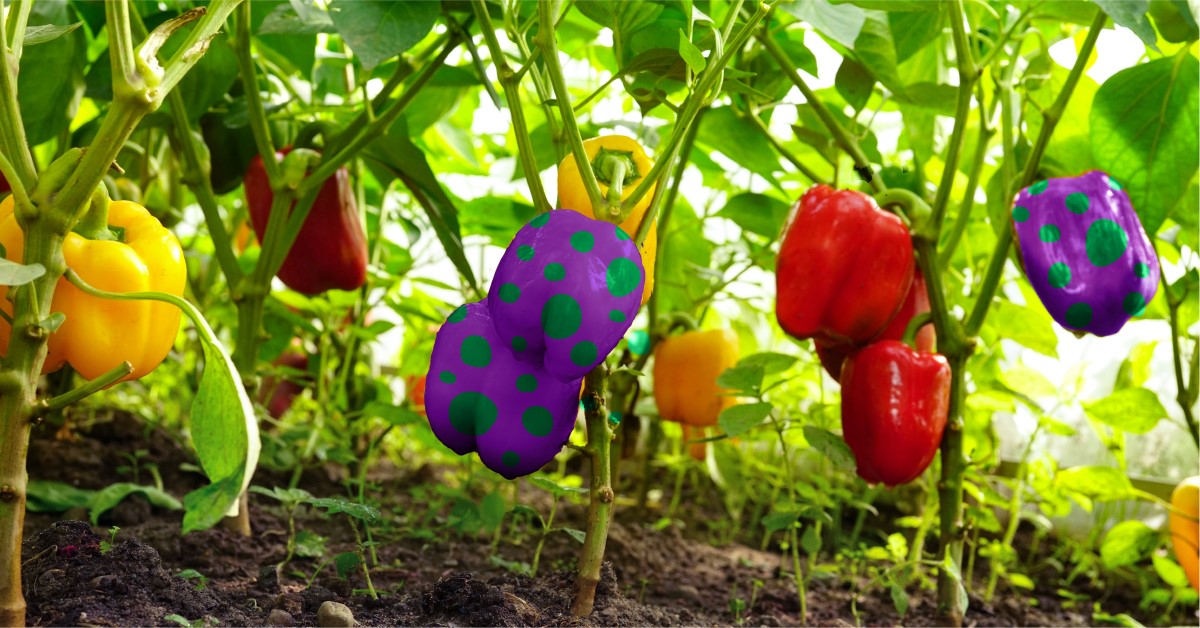Biosecurity Northern Territory: The facts

Biosecurity. It's a word that's been around since the 1980s but has gained more traction in the past few years. So what does it mean and what does a Northern Territory Government biosecurity officer do?
In simple terms, biosecurity refers to all the measures and strategies aimed at preventing the introduction / spread of harmful diseases to animals and plants in order to minimise the risk of transmission. Biosecurity can be implemented offshore, at the border and on-farm.
Generally, biosecurity officers in the Department of Industry, Tourism and Trade help to protect the environment and agricultural, pastoral and livestock industries against potentially damaging pests and diseases. They assess trade documentation, perform inspections of stock, people, cargo and vehicles, conduct surveillance and diagnostics, carry out emergency responses to eradicate pests and diseases and support industry to manage those pests and diseases that can’t be eradicated.
In the Northern Territory there are 35 people in the livestock biosecurity team, including virologists and pathologist staff in the Berrimah Veterinary Laboratory, 6 livestock biosecurity officers, 4 vets and the Chief Veterinary Officer (CVO), Dr Sue Fitzpatrick.
The plant biosecurity team has around 60 staff including pathologists, entomologists, molecular scientists and inspectors who help growers to identify and respond to various plant pests and diseases under the leadership of the chief Plant Health Officer (CPHO), Dr Anne Walters.
One of the stand out features of the Territory is the relationships that the livestock and plant biosecurity teams have with industry to ensure that programs and legislation works for both government and industry, and that it is effective in disease surveillance and control.
The team is currently focused on a number of initiatives to help awareness and preparedness around animal diseases, such as Japanese encephalitis, foot and foot-and-mouth disease and lumpy skin disease, particularly coming up to this wet season. The team is also responding to a banana freckle incursion in the Batchelor-Rum Jungle area.
Awareness in industry and reporting for investigation is vitally important. The earlier a disease is detected, the earlier it can be responded to and the spread limited. Government regulations are applied in a simple and effective way to protect industry which, in turn, results in less impact on trade and the economy.
The Territory’s Chief Veterinary Officer and Chief Plant Health Officer lead livestock and plant biosecurity programs and preparedness in the NT, respond to emergency animal and plant disease outbreaks and work on new biosecurity legislation.
Effectively, a CVO and a CPHO have similar powers to the Chief Health Officer (CHO), but the legislation is for animals and plants instead. These include applying restrictions at borders and requesting inspections for animals, people and vehicles that could potentially be a disease risk to prevent the spread of a known disease. Animals can also be mustered, held, tested, and vaccinated, or directed to be moved or sent to an abattoir.
In terms of biosecurity legislation, there are five key areas the CVO and CPHO considers: Focus on disease prevention, food safety (ensuring the products we have are safe), having an effective traceability system, focusing on meeting animal welfare standards and working towards a sustainable system.
More information
To find out more go to nt.gov.au.
